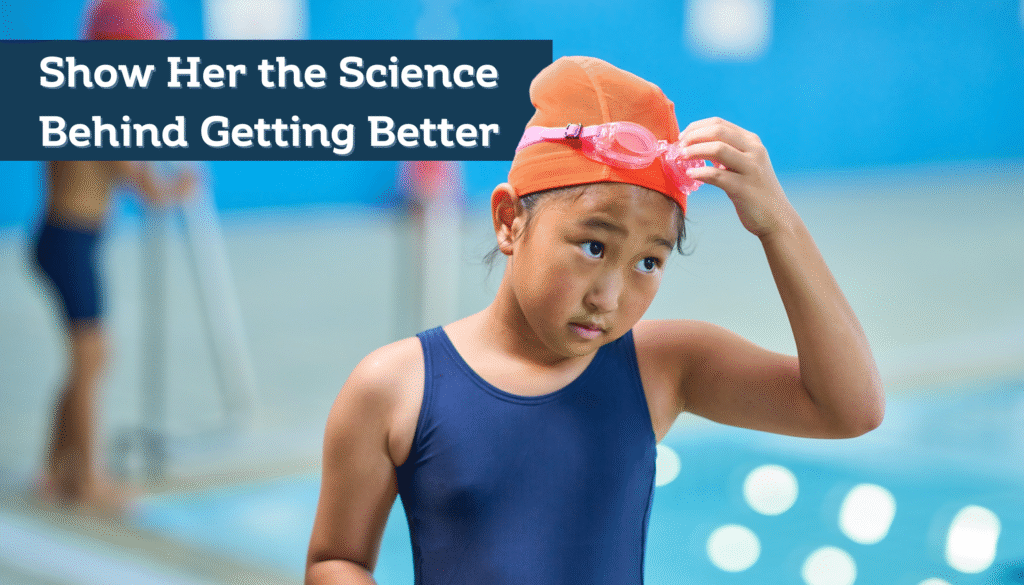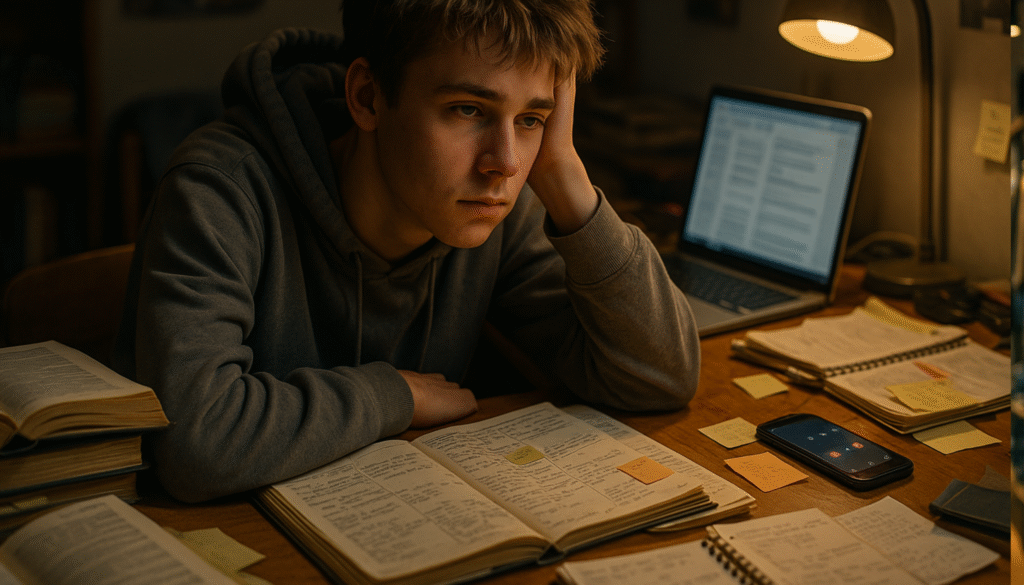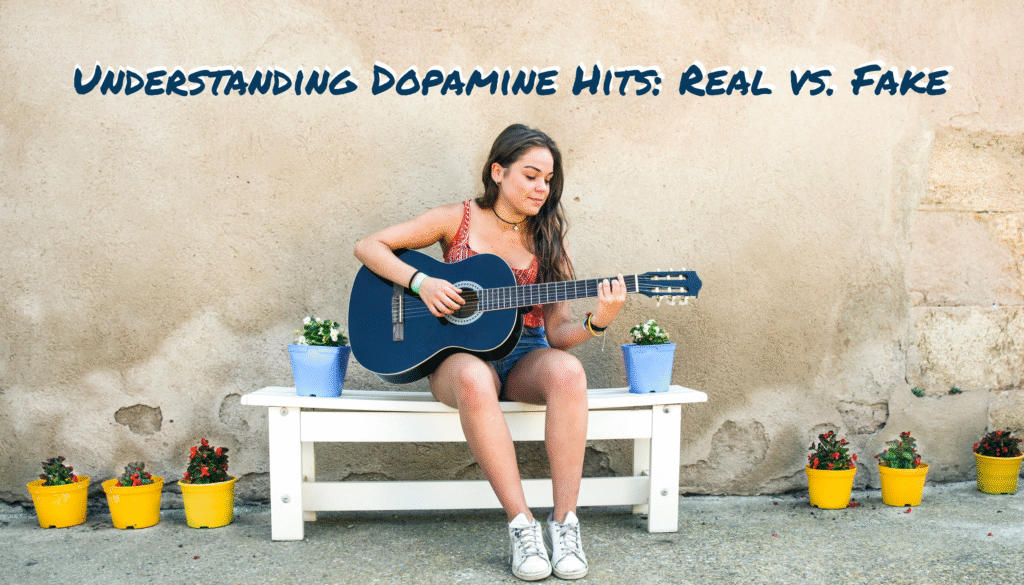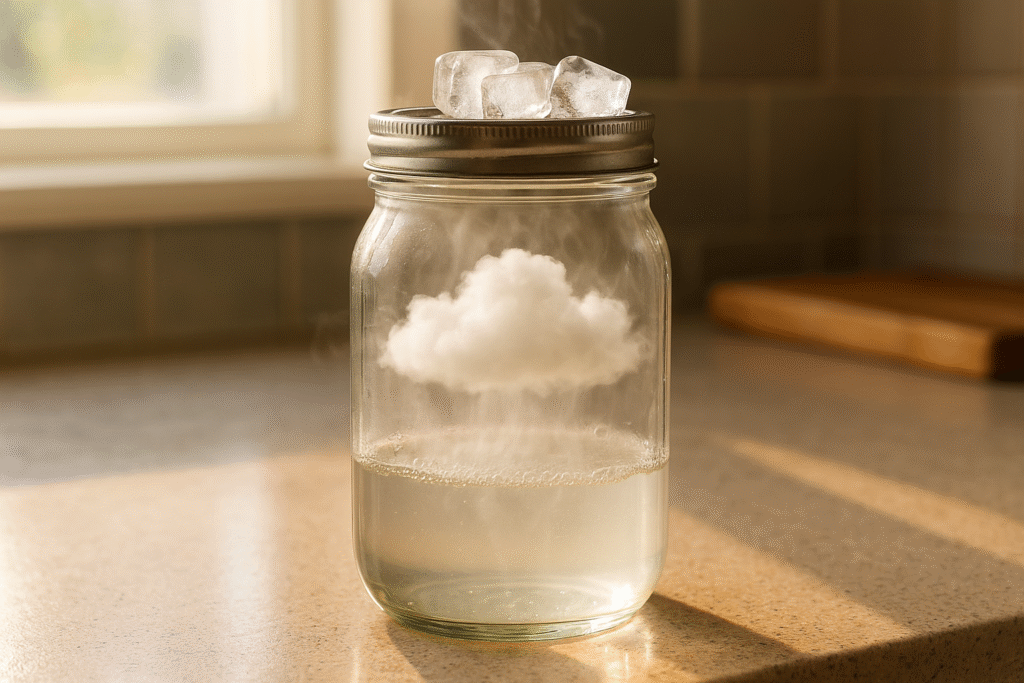Get Ready for Sweet Science!
Who says science can’t be delicious? If you’re looking for a fun, hands-on way to explore science with your kids, then grab some chocolate and get ready for some melty, messy, and mind-blowing experiments! From using the power of the Sun to create a DIY chocolate melting oven to discovering why different types of chocolate melt at different speeds, these simple at-home experiments will turn your kitchen into a mini science lab!
Not only will your child learn cool scientific concepts like solar energy, heat absorption, and melting points, but they’ll also develop curiosity, problem-solving skills, and a love for discovery—all while sneaking a few chocolatey treats along the way!
It will be a test of will power to see if they can resist the temptation before the experiments conclude. Gather your supplies, and let’s have some fun with chocolate science!
Experiment 1: Homemade Solar Oven – Melting Chocolate with the Sun
What’s better than learning science? Learning science AND getting a chocolatey treat at the end! This experiment is a fun way to explore solar energy—and the reward? Melted chocolate goodness!
Scientific concept: Solar energy, reflection, and insulation
Materials Needed:
- 1 empty pizza box
- Aluminum foil
- Plastic wrap (cling film)
- Black construction paper
- Tape or glue
- Scissors
- A wooden skewer or pencil
- Chocolate (any type, such as chocolate chips, squares, or chocolate-covered biscuits)
- A sunny day
Instructions:
- Open the pizza box and cut a flap in the lid, leaving about a 2-inch border around the sides.
- Line the inside of this flap with aluminum foil. This will reflect sunlight into the box.
- Line the bottom of the pizza box with black construction paper. This helps absorb heat.
- Cover the opening (where the flap was cut) with plastic wrap, securing it with tape. This creates an insulating window that traps heat.
- Prop the foil-covered flap open using a wooden skewer or pencil to reflect sunlight into the box.
- Place biscuits topped with chocolate inside the box on the black paper.
- Close the lid and position the box so that it gets direct sunlight.
- Wait 10–30 minutes and observe what happens to the chocolate!
Scientific Explanation:
- The aluminum foil reflects sunlight into the box, increasing the heat inside.
- The black paper absorbs heat, making the inside of the box even warmer.
- The plastic wrap traps heat like a greenhouse, helping to melt the chocolate.
Questions to explore:
- Does the chocolate melt faster on a very sunny day versus a cloudy day?
- Does milk chocolate melt faster than dark or white chocolate? Why?
- How about adding some marshmallows for further scientific exploration or just extra deliciousness?
- Could you cook your dinner with this oven?
Experiment 2: A Melting Race?
Ready to make science a friendly family competition? Let everyone guess which chocolate will melt first—whoever’s right gets to eat the evidence! This simple challenge boosts critical thinking and makes learning extra sweet!
Scientific concept: Melting points and fat content
Materials Needed:
- A plate
- Different types of chocolate (dark, milk, white, ruby)
- A stopwatch or timer
- A warm location (sunlight, a heater, or a hairdryer)
Instructions:
- Place equal-sized pieces of different chocolates on a plate.
- Set the plate in a warm spot, such as a sunny windowsill or near a heat source.
- Start the stopwatch and observe which chocolate melts first.
- Record the time for each type of chocolate to begin melting and to fully melt.
Scientific Explanation:
- Chocolate melts due to the fats and cocoa butter inside it.
- Dark chocolate has more cocoa solids which contain tiny particles that make it more heat-resistant. Meaning it has a higher melting point.
- White chocolate has more cocoa butter and milk which melt at lower temperatures, making it softer and quicker to liquefy.
Fun Fact: Dark chocolate melts around 45–50°C (113–122°F), while white chocolate melts closer to 37°C (98.6°F)—about body temperature! That’s why white chocolate feels extra creamy and melts in your mouth so easily!
Variations:
- For an extra messy experiment try melting the chocolate in your hand—does one type feel softer or melt quicker than others?
- Place chocolates on different surfaces (metal, wood, plastic) and see if the melting time changes.
Experiment 3: Does Color Affect Chocolate’s Melting Rate?
Did you know that the Sun doesn’t heat everything equally? Some colors absorb more heat, while others reflect it—changing how warm they get! In this experiment, kids will see firsthand how color affects heat absorption, making the learning hands-on, memorable, and fun! This is one science lesson they won’t forget!
Scientific concept: Absorption of heat, light reflection
Materials Needed:
- 3 identical pieces of chocolate
- 1 piece left unwrapped (control)
- 1 piece wrapped in white paper
- 1 piece wrapped in black paper
- A warm location (sunlight or a heat lamp)
- A timer
Instructions:
- Place the three chocolate pieces in the same warm location.
- Start the timer and observe which chocolate melts first.
- Record your observations.
Scientific Explanation:
- Dark colors absorb more heat, while light colors reflect heat.
- The black paper absorbs more sunlight, making the chocolate inside melt faster.
- The white paper reflects sunlight, keeping the chocolate cooler.
Questions to Explore:
This experiment proves that darker colors absorb more heat—but did you know this applies to real life too? Ever wonder why people wear white in hot climates? Or why taxis in warm countries are usually white? Even garden furniture is often light-colored for the same reason! Can you think of any other examples?
Variations:
- Try wrapping chocolate in aluminum foil—does it stay cooler?
- Place chocolate on different colored plates (black, white, silver) and compare results.
Conclusion: Keep Experimenting, Keep Learning!
Science isn’t just something kids learn in school—it’s all around us, in every melted chocolate chip, glowing lightbulb, and gust of wind! By doing these simple experiments at home, you’re not only making science fun but also inspiring your child to think like a scientist—to ask questions, make predictions, and explore the world with curiosity.
And the best part? You don’t need a fancy lab—just a love for discovery and a few everyday materials! That’s exactly the idea behind my Hey Smart Girl Books Series—helping kids see that science is exciting, accessible, and full of endless possibilities!
So, keep experimenting, keep asking questions, and most importantly—keep having fun! Who knows? Maybe today’s chocolate scientist will be tomorrow’s groundbreaking inventor!







